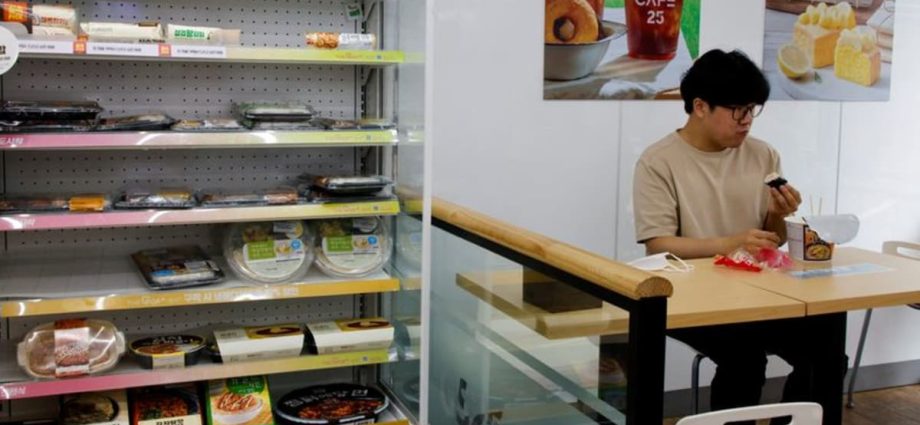
A PREFERENCE FOR SONS
There are several reasons why South Korea’s SRB was out of balance for 30 years.
South Korea experienced a rapid fertility decline in a 20- to 30-year period beginning in the 1960s. From six children per woman in 1960, fertility fell to four children in 1972, then to two children in 1984. By 2022, South Korea’s fertility rate had dropped to 0.82 – the lowest fertility rate in the world and far below the rate of 2.1 needed to replace the population.
Yet, South Korea’s long-held cultural preference for sons did not shift as quickly as childbearing declined. Having at least one son was a strong desire influencing fertility preferences in South Korea, especially up through the early years of the 21st century.
And the declining fertility rate posed a problem. When women have many children, the probability that at least one will be a boy is high. With only two children, the probability that neither will be a son is around 25 per cent, and when women have only one child, it is less than 50 per cent.
In order to ensure that families would continue to have boys, many South Koreans turned to readily available techniques to identify the gender of the foetus, such as screening in the early stages of pregnancy. Abortion, which is legal and socially acceptable in South Korea, was then often used to allow families to select the sex of their child.
SEX BY THE NUMBERS
In South Korea, beginning in around 1980 and lasting up to around 2010 or so, many more extra boys were born than girls. When these extra boys reach adulthood and start looking for South Korean girls to marry, many will be unsuccessful.
The extra boys born in the 1980s and 1990s are now of marriage age, and many will be looking to marry and start a family. Many more will be reaching marriage age in the next two decades.
I have calculated that owing to the unbalanced SRBs in South Korea between 1980 and 2010, about 700,000 to 800,000 extra boys were born.
Already this is having an effect in a society where over the centuries virtually everyone was expected to marry, and where marriage was nearly universal. Recent research by Statistics Korea showed that in 2023, only around 36 per cent of South Koreans between the ages of 19 and 34 intended to get married; this is a decline from over 56 per cent in 2012.

